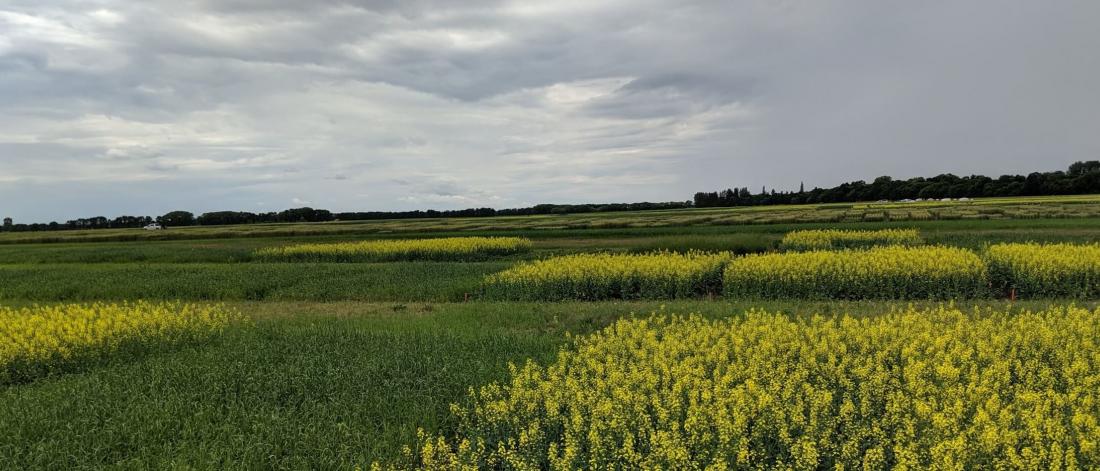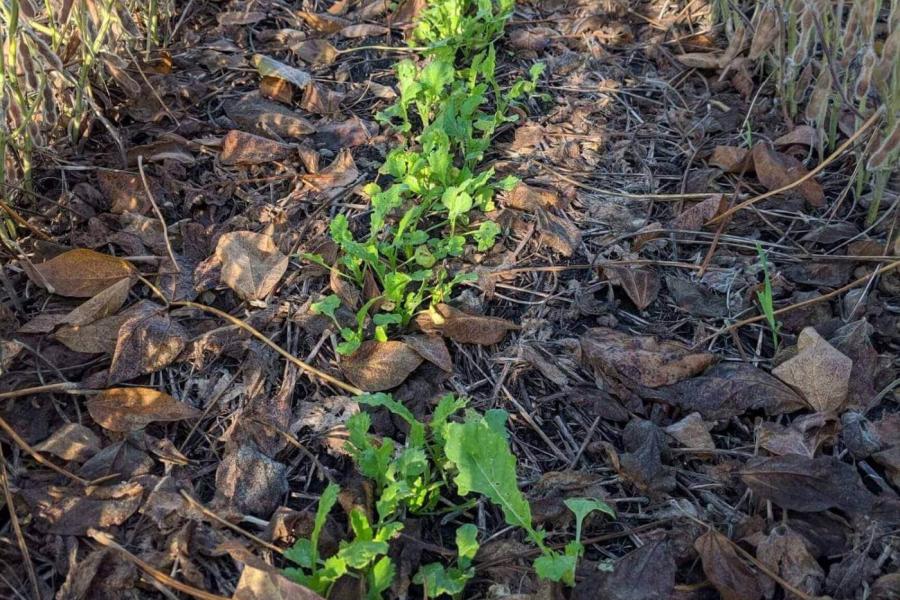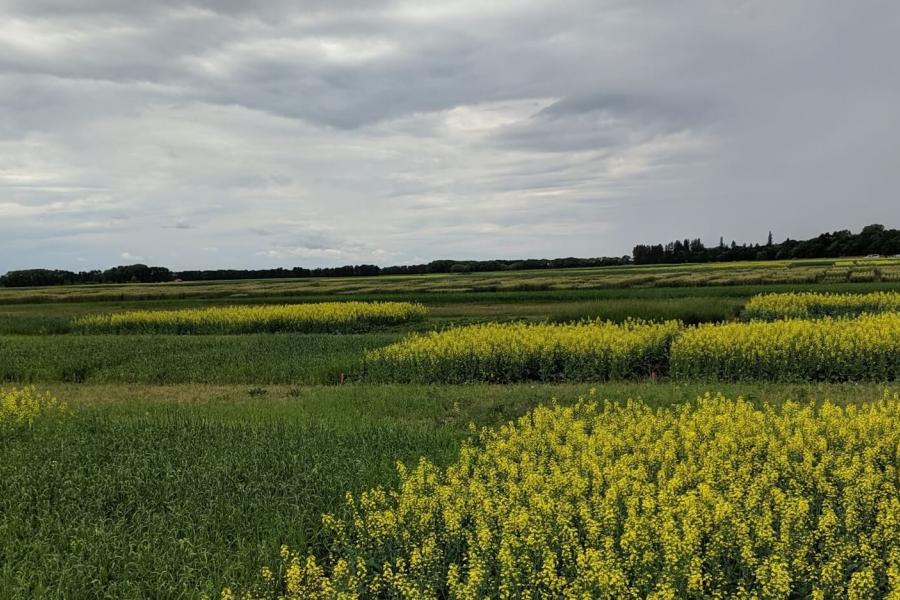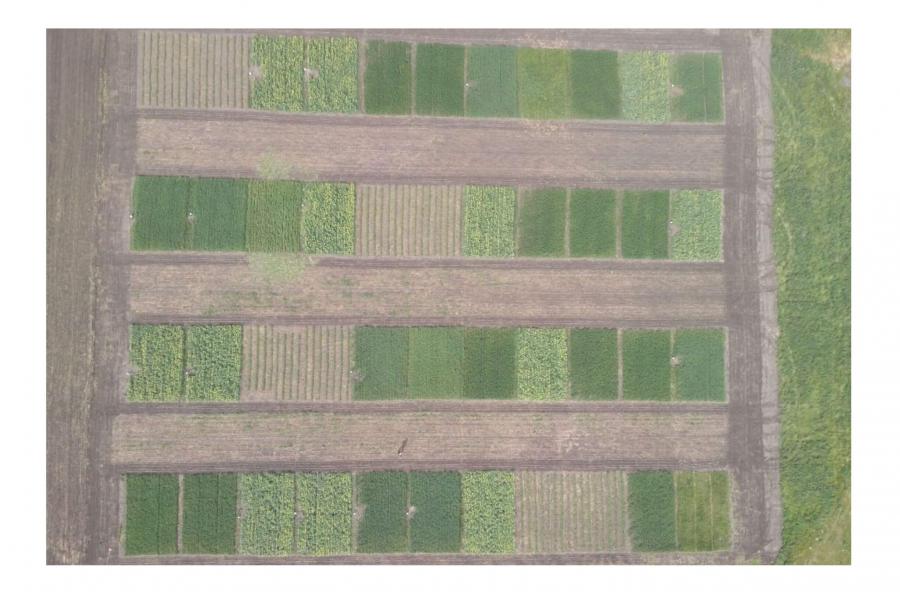Cover crop rotation
This project looks at several types of cover crops in rotations to determine the viability and benefits that this practice may have on soils in the Prairies.
About

Early adopters are growing cover crops in Prairie Canada, but questions about their viability, impact, and benefits remain. This project will evaluate cover crops in rotations in MB, SK, and AB over a four-year period, which will help to determine:
- If cover crops grow reliably across a range of cover crop windows and growing environments in Prairie Canada.
- If crops grown in rotation with and without cover crops had the same yields or not, with identical inputs.
- The potential agronomic, environmental, and economic benefits and drawbacks of including cover crops in rotations.
- If cover crops can increase soil microbial activity, nitrogen cycling, soil carbon, or reduce N2O fluxes in the short to medium term.
- If the benefits of cover crops outweigh the cost of seed and establishment over the short and medium-term.
The Experiment
This experiment has sites in Glenlea and Carman in Manitoba, Redvers and Saskatoon in Saskatchewan, and Lethbridge in Alberta. The study is a randomized complete block design that is fully phased, which means that all crops are grown every year.
The crops in the rotation differ between study sites. The information below is from the U of M run sites in Manitoba.
Staff and Students
Contact Us
Faculty of Plant Science
66 Dafoe Rd.
University of Manitoba
Winnipeg, MB R3T 5V6 Canada



